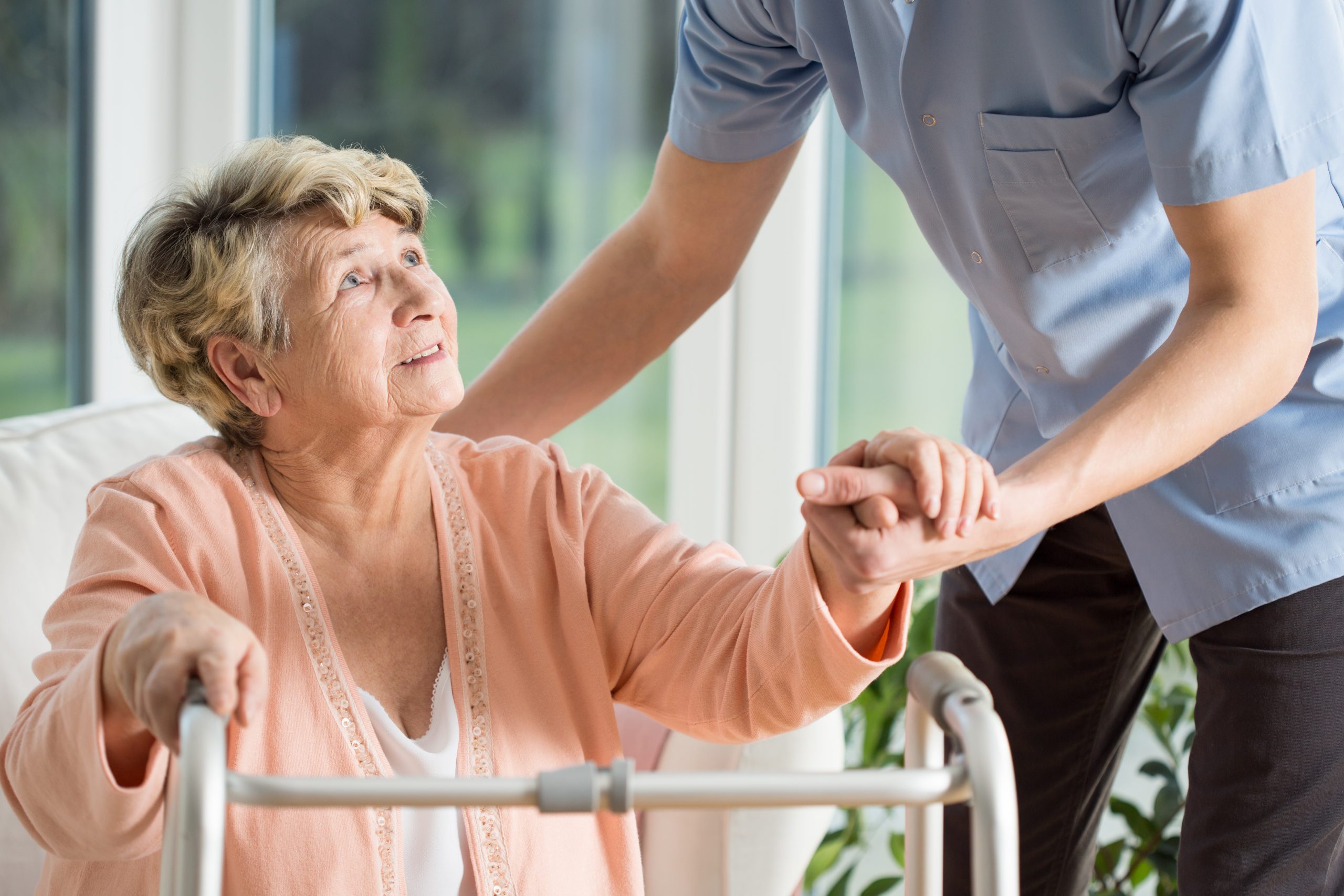
A guest post by Farlyn Lucas
Last year, as the COVID-19 pandemic swept across the United States and the globe, nursing homes around the nation became some of the deadliest, most dangerous places to be for elderly citizens. Eighteen months later, over 185,000 long-term care residents of nursing homes and assisted living facilities have died, accounting for 31% of all COVID deaths in the U.S.
Unfortunately, no single factor or event can explain why assisted living facilities became ground zero for the coronavirus nationwide. The deadly storm that would start to unfold in early 2020 was already years in the making.
For starters, analyses of annual Medicare data suggest that the vast majority of nursing homes in the country did not have (or were not implementing) infection control protocols before the pandemic. These protocols include guidelines for detecting and stopping potential outbreaks before they happen, as well as having sanitary procedures in place to prevent the spread of pathogens.
The quality of the nursing homes also seemed to play a role in the extent and deadliness of the outbreaks. The Centers for Medicare and Medicaid Services (CMS) ranks nursing homes using a five-star system based on a combination of self-reported data and on-site inspections for three main categories: health inspections, staffing, and quality measures. But according to a recent investigation by the New York Times, much of the information submitted to CMS is, at best, misleading.
The findings of the report suggest that elderly assisted living facilities routinely manipulate self-reported information, which “almost always (…) makes the homes seem cleaner and safer than they are.” The data also suggests that the odds of 5-star nursing homes failing health inspections are about the same as they are for passing them. The report also concluded that at least some of the homes know about “surprise” inspections beforehand.
Understaffed and overworked
Above all, one of, if not the greatest issue plaguing nursing homes before and during the pandemic is the industry’s alarming turnover rates. Recent data suggests that the average annual turnover rate for long-term assisted living facilities for the elderly is a shocking 148% — with some homes experiencing turnovers well above 300%.
Reasons for the high turnover are manifold, but pay for geriatric healthcare staff is typically low, shifts are overly demanding, and burnout is rampant. And since margins for facilities are not exceedingly high either, homes looking to maximize profit may be especially vigilant of their staffing costs.
The high turnover and low staffing likely made it harder for nursing homes to provide adequate care during the most critical days of the pandemic. A recent study of CMS-certified nursing homes found that facilities that scored highest for nurse staffing had fewer COVID-19 cases than low-staffed homes. But there was no significant difference in the incidence of cases between high and low-performing homes in the other two categories (on-site inspections and quality measures).
Ultimately, when it comes to nursing home’s negligence in the face of the coronavirus pandemic, the combination of numerous risk factors, including under staffing, poor infection control, shortage of personal protective equipment (PPE), and a population of primarily elderly individuals with frail or compromised health all translate into a potentially dangerous situation for residents and workers alike. Addressing these issues is the only way of making nursing homes a safe environment for our elderly, one where they can thrive and continue living their lives with the care and attention that they deserve.
Farlyn Lucas is a freelance writer and content creator from South Florida with a background in both holistic healing and the healthcare industry.
Thanks Farlyn!
